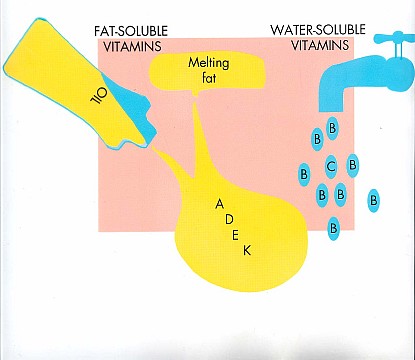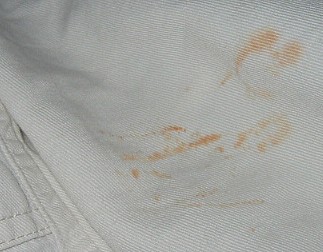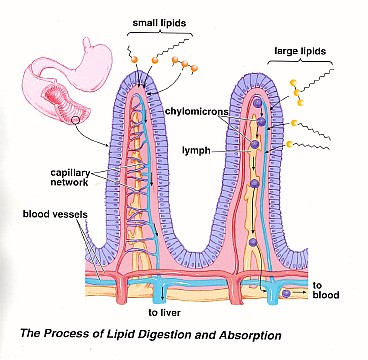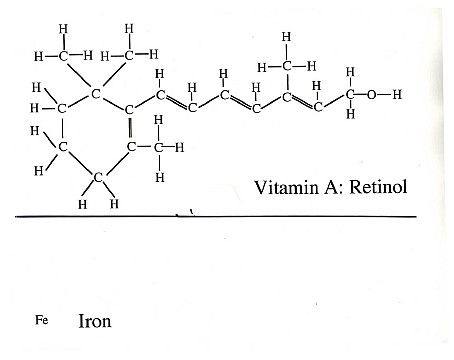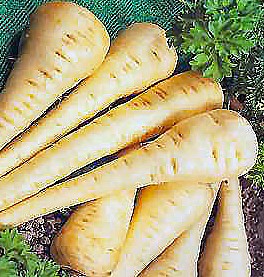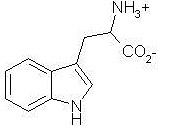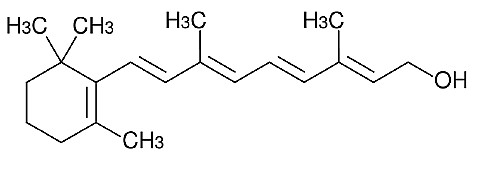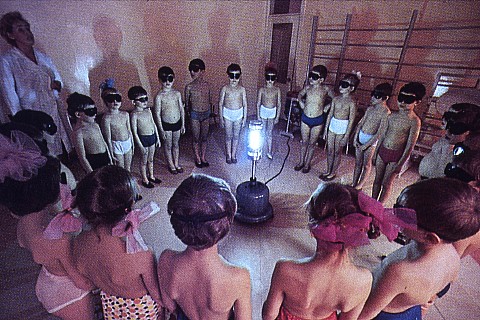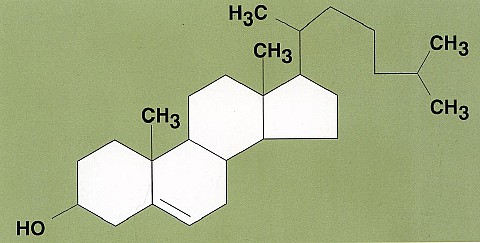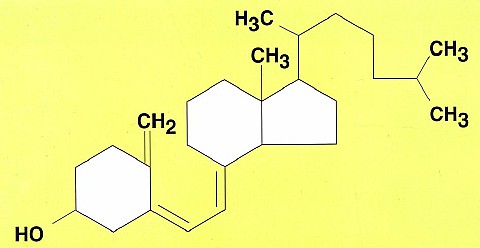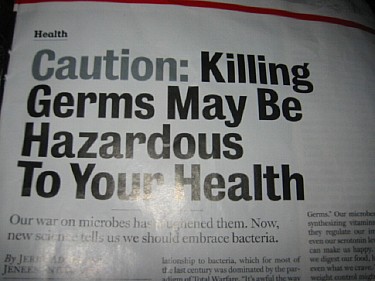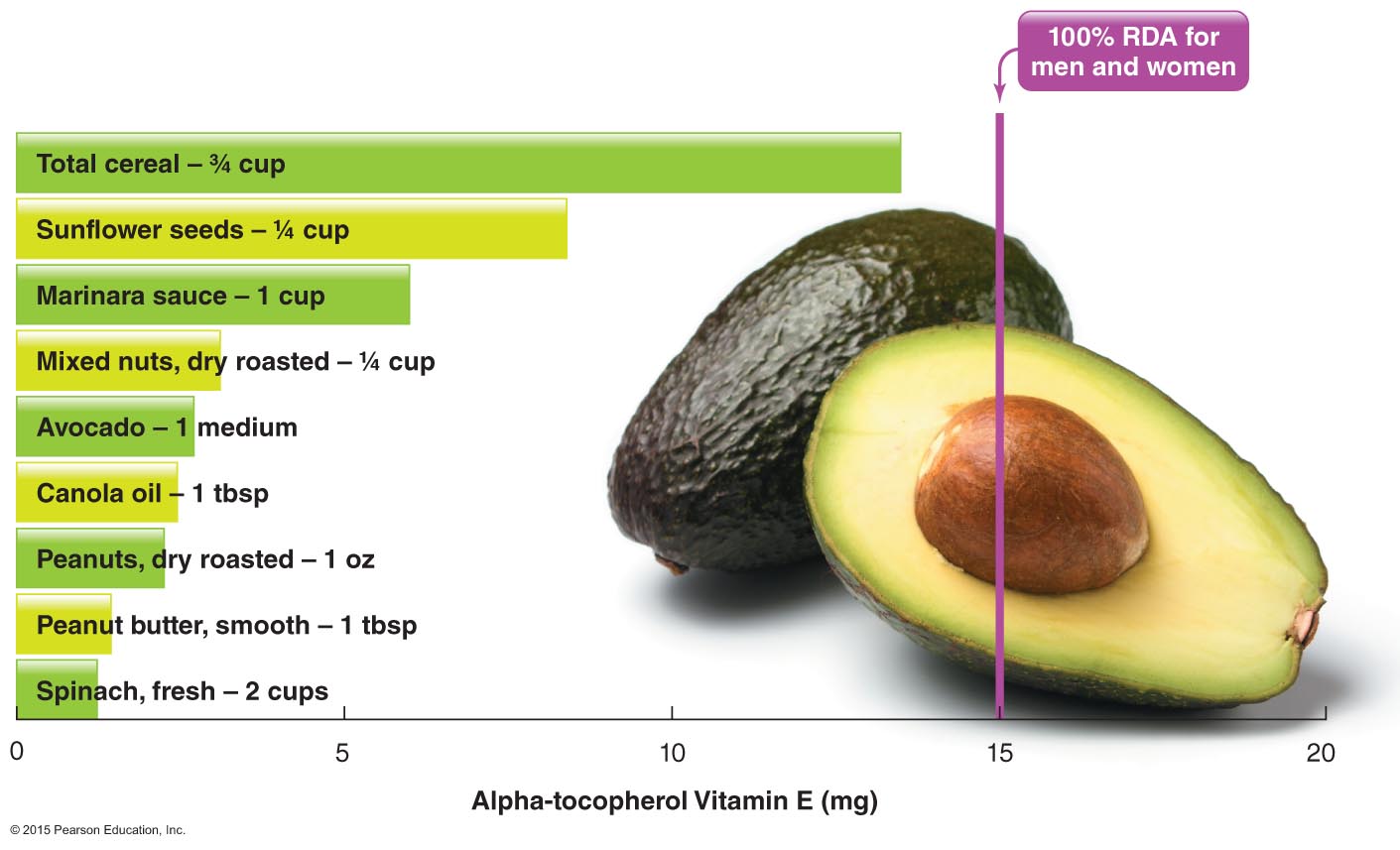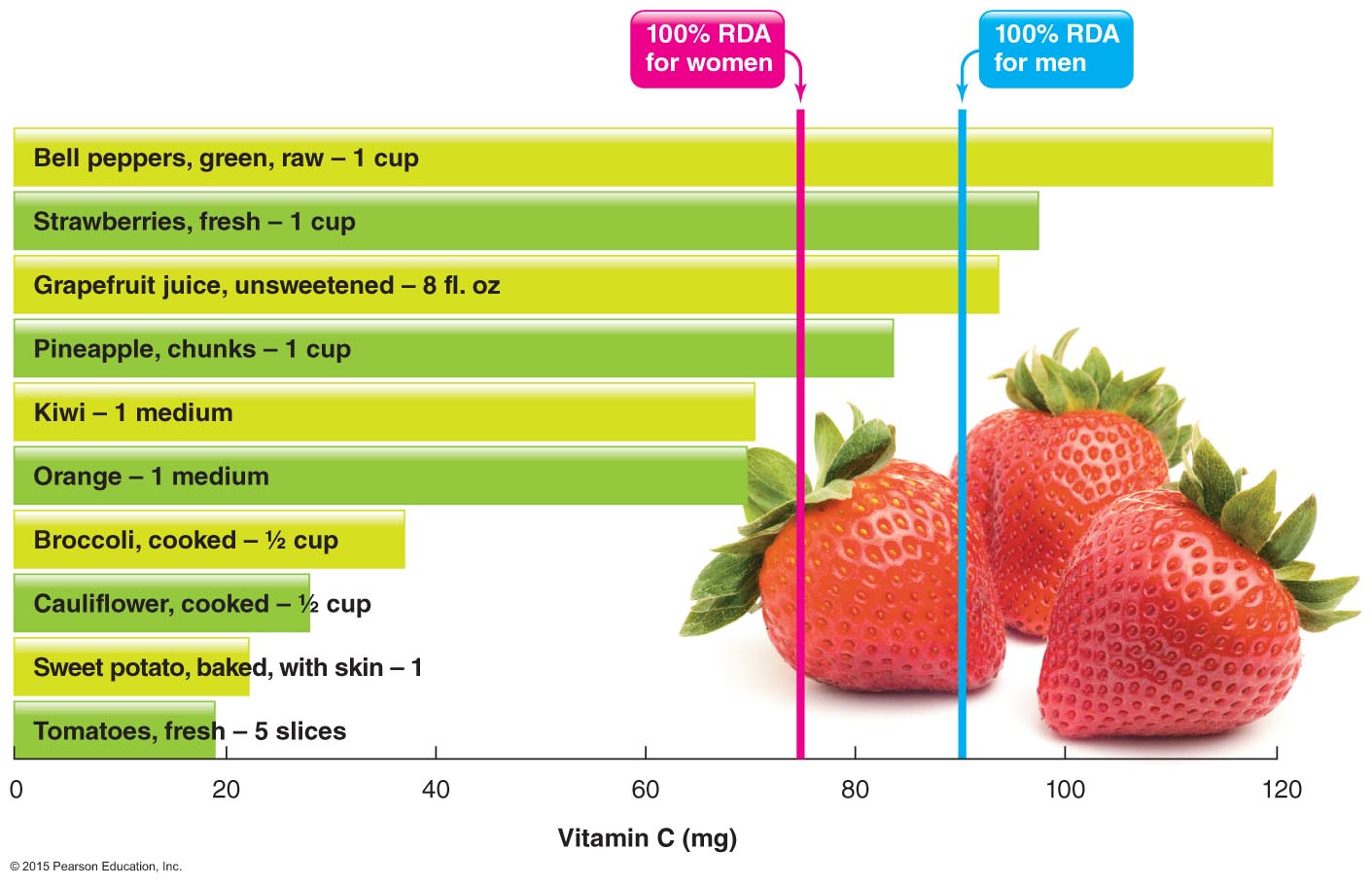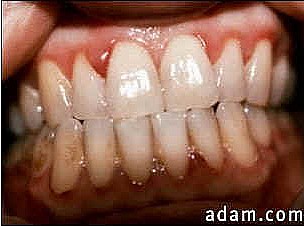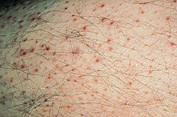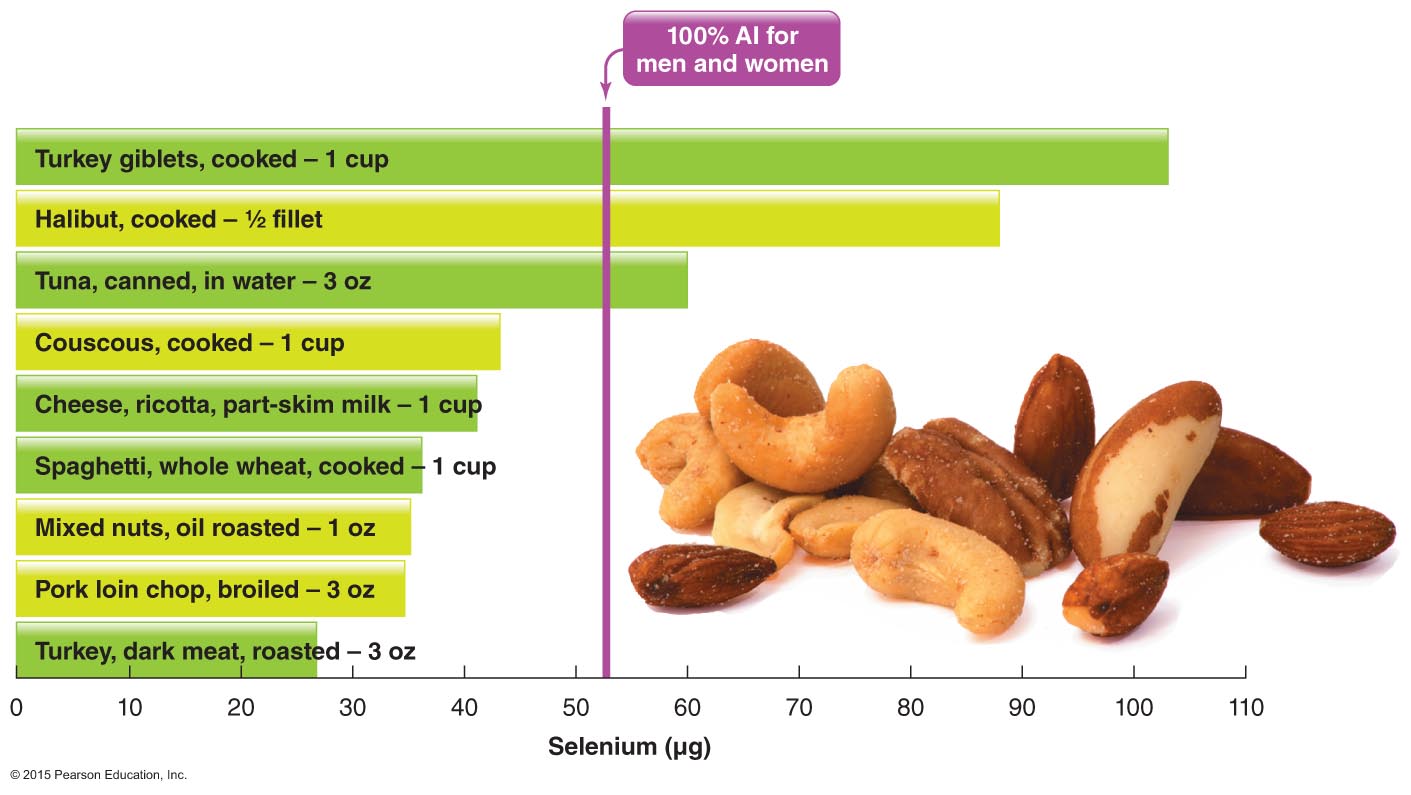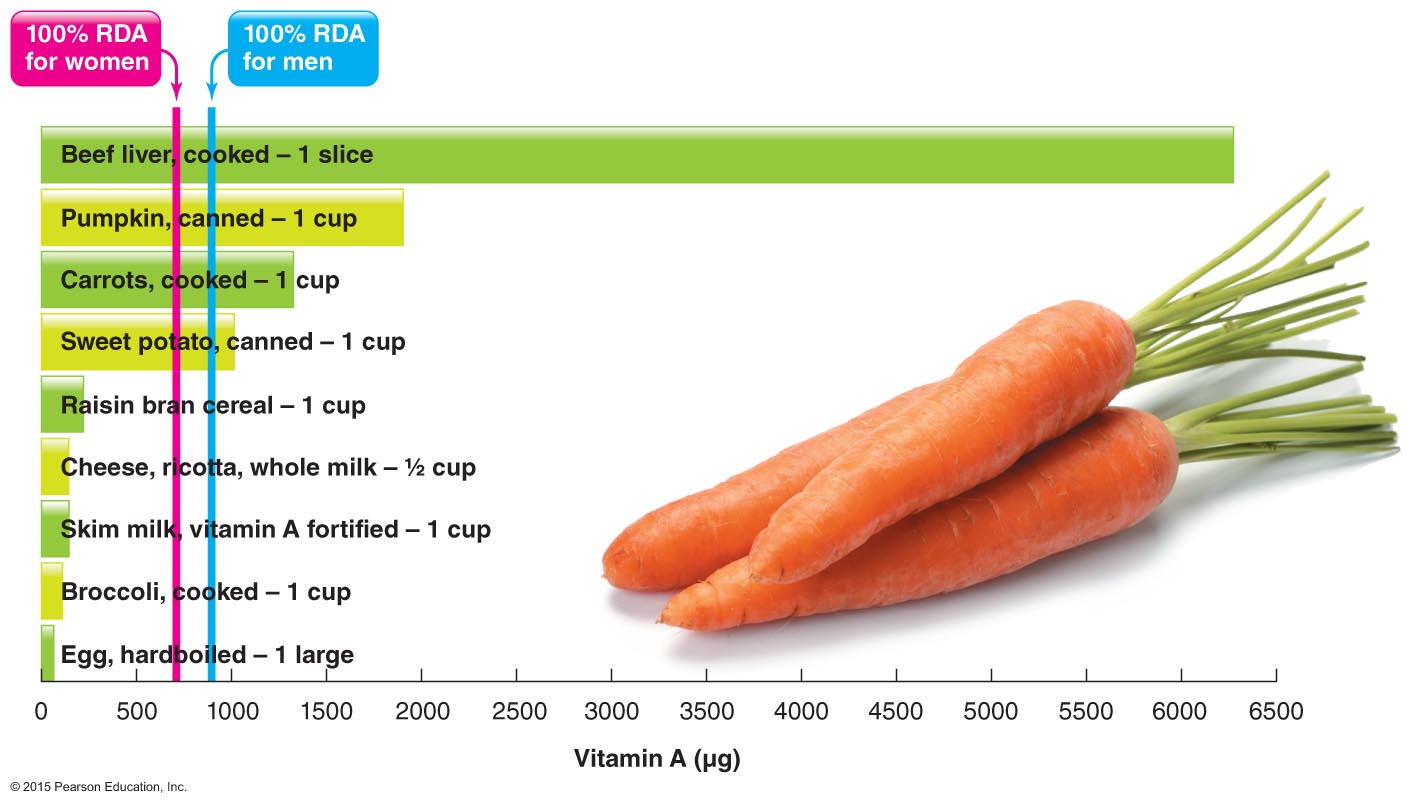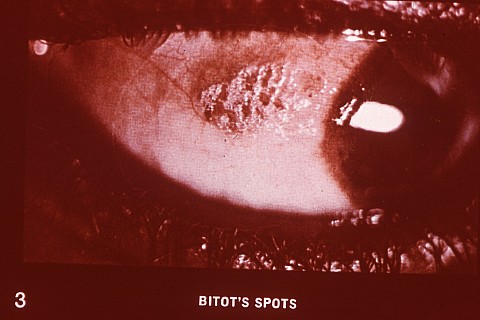So now we're ready to move on to THE NUTRI-CHARTS
in the lecture outline.
These charts take sort of a "Three Bears" approach to vitamins and
minerals as I have always loved their story. Of the three bowls of
porridge Goldilocks came upon, one was too hot, one was too cold
and one was just right.
So we'll look at what happens when there's too much of a nutrient, too little of a nutrient and just the right amount of a nutrient.
NUTRI-CHART
1 lists
the Nutrients
Involved in FLUID
& ELECTROLYTE BALANCE
As discussed during Week 1, water is one of the 6 categories of
nutrients. The others were
- carbohydrates
- proteins
- fats
- vitamins and
- minerals
NUTRICHART 1 starts with water, giving just a few of the functions of
water in our body, such as acting as a solvent to dissolve substances
so they can be transported
throughout our body in our blood and lymph. Water also helps
maintain body
temperature at about 98.6. When our body
temperature goes too far above that, proteins get denatured so our
cells can't function.
A pale yellow urine indicates that the body probably has
enough water to accomplish these tasks. See image below to determine your
hydration based on urine color.
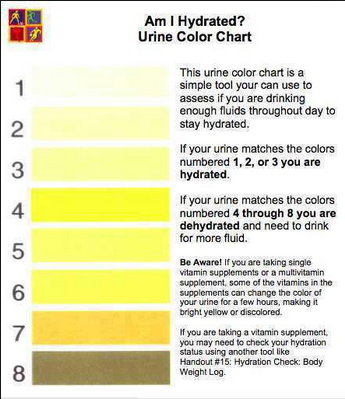
We are bombarded with choices when it comes to ways to
stay hydrated, but keep in mind many of these choices are loaded with
sugar and void of any nutrients. Look at those labels, and
remember you can never go wrong with good ole' water!
Both too much water and too little can be a problem. Too much
water dilutes sodium (hyponatremia), which you can see below is an
important electrolyte. As
you can also see on this page, electrolytes have
vital roles in nerve response and muscle contraction.
Too little water is
especially dangerous for infants and the elderly, as the
chapter discusses.
What are electrolytes? Electrolytes
are electrically charged particles called ions.
What are ions? When mineral (or other) salts
dissolve in water, they separate into single, charged particles known as
ions.
Important electrolytes include sodium (Na), potassium (K),
chloride (Cl)
and phosphorus (P). Can
you find each of those 4 on the Periodic Table below?
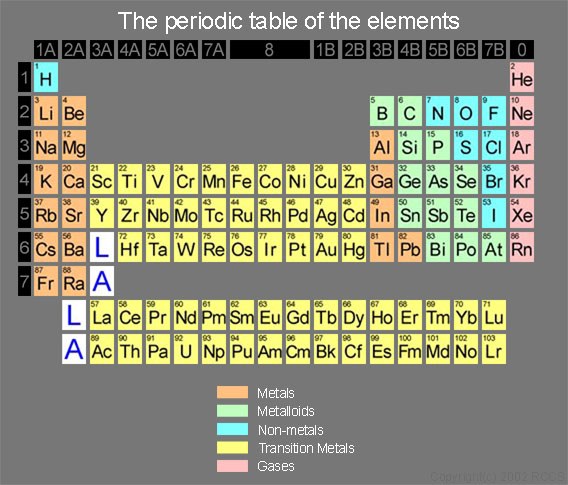
Below is a Short Video that discusses Electrolytes
Here is a link to the above
video:
http://youtu.be/aELPrWzixeU
Sodium- Na The major positively charged
electrolyte in the extracellular fluid (outside of cells)
As the NUTRI-CHART says, sodium is part of a sodium potassium
pump that helps regulate fluid and electrolyte balance. This
"pump" helps keep the correct amount of water INside cells by
pumping electrolytes. Without this water, cells collapse and can't
function.
Here is an animation of this pump and how it works.
The glucose transporter that allows glucose to enter
cells, also requires sodium.
About 90% of Americans eat too much sodium.
More than 70-80% of the sodium Americans consume
comes from fast and processed foods. Here is an article from the
CDC that discusses processed foods and sodium, "GET
THE FACTS: Sodium's Role in Processed Food."
Too much sodium in the body can contribute to hypertension if a
person is among the perhaps 5% of people with hypertension who
are salt sensitive, although some say the figure is higher. However,
whether high-sodium diets actually cause hypertension is still under
debate. Many experts believe that a high-sodium/low-potassium
diet is the biggest risk factor for hypertension.
Sodium may also cause calcium excretion in some people which can
impact bone loss, but like hypertension research is not conclusive on
this topic.
Potassium- K The major positively charged electrolyte in
the intracellular fluid (inside of cells)
Many Americans do not get the recommended amount of
potassium (4700mg per day). This is always a nutrient students
report being low in after analyzing their diets using the SuperTracker.
One way to increase your potassium intake is to eat more whole foods
like fruits, vegetables, legumes, whole grains, and even dairy! Eight
ounces of yogurt has more potassium than a banana. And potatoes are
one of the best sources of potassium, beating out bananas as well.
One medium baked potato has more than 1,000mg of potassium (see
figure below).
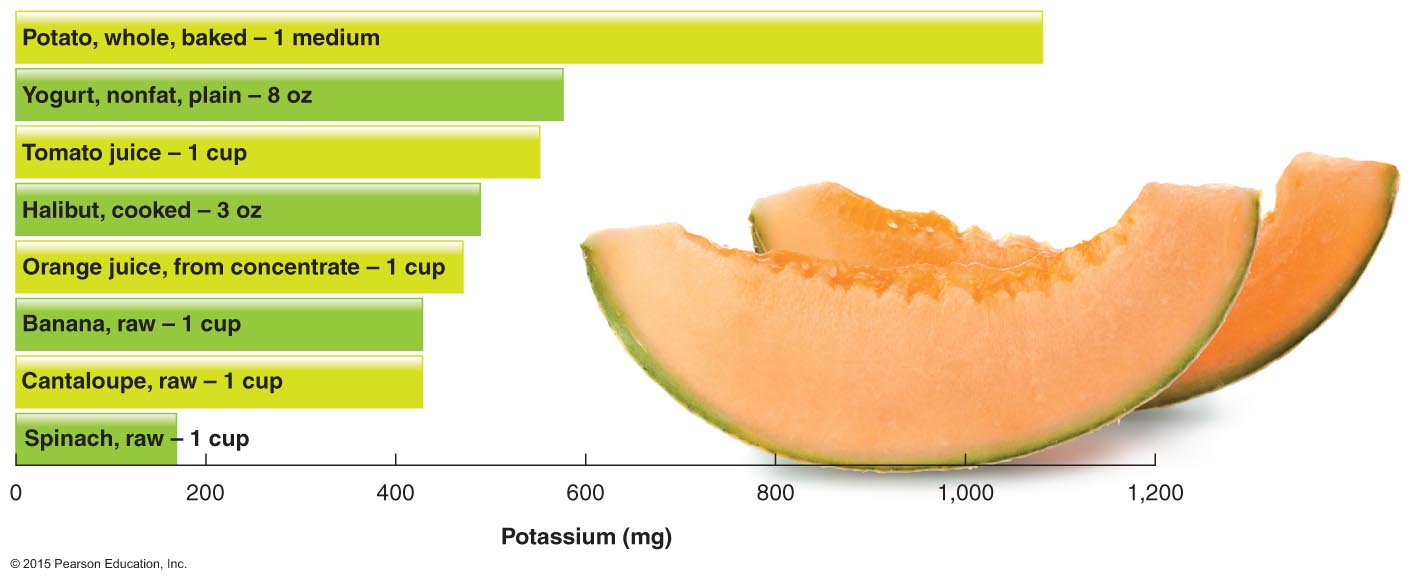
Potassium helps keep the correct amount of water OUTside cells,
by being part of the sodium/potassium "pump". Like sodium potassium
also involved in nerve response to stimuli and muscle contraction.
Too little potassium in the body can be caused by abuse of what
can be called the 3Ps.
- Laxatives make you.................. poop.
- Diuretics make you.................. pee.
- And emetics make you.................. puke.
Chloride- Cl Is a
negatively charged electrolyte in extracellular fluid.
Chloride is obtained almost exclusively from table
salt (sodium chloride). It is involved in fluid balance, is part of
hydrochloric acid in the stomach, assists with the transmission of
nerve impulses, and also works with white blood cells to help kill
bacteria.
As discussed above too much salt may result in
hypertension, but there is no other toxicity symptoms for chloride.
Because of the high sodium intake of Americans most people consume more
than enough chloride.
Phosphorus- P The major negatively
charged electrolyte in the intracellular fluid.
Like the previous electrolytes discussed above,
phosphorus helps maintain proper fluid balance, but it also has many
more roles in the body. It is part of the mineral complex of bone so it
plays a critical role in bone formation. It plays a key role in creating
energy for our bodies since it is a primary component of ATP. It
also is a part of DNA, RNA, phospholipids, and lipoproteins.
Phosphorus deficiencies are rare as phosphorus is
widespread in foods, and is in high amounts in foods that contain
protein. Milk, meat and eggs are all good sources
(see figure below).
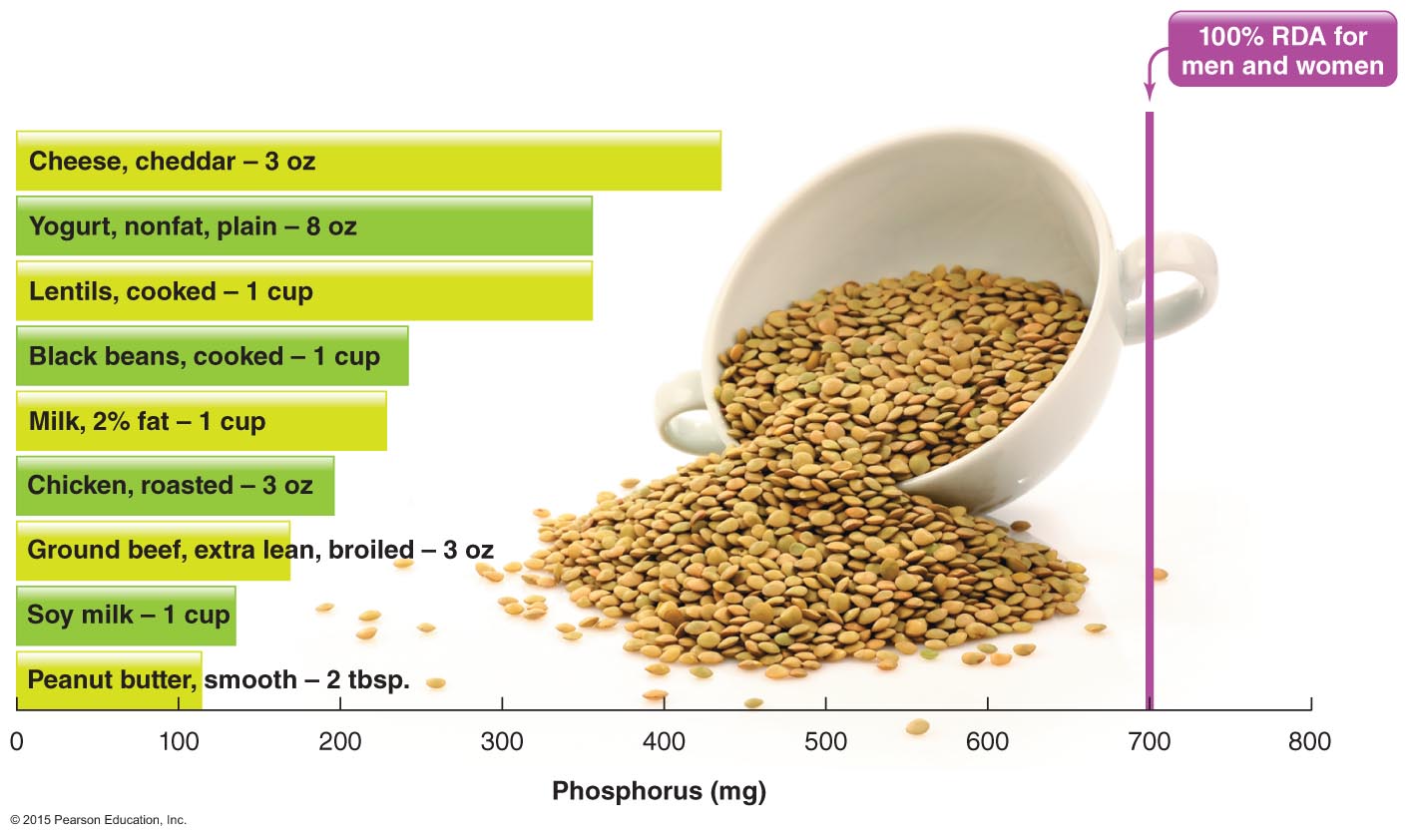
NUTRI-CHART 2 lists the Nutrients Involved that can be ANTIOXIDANTS.
Antioxidants protect cell substances from damage by oxygen. Anti means
"against," and antioxidants work against, or prevent, oxidation.
Oxidation is when atoms lose electrons which is fueled by oxygen during
metabolism.
During oxidation free radicals (atoms
with unpaired electrons) are formed, and too many free radicals
can cause serious damage to our cells.
Remember when you saw the little animated "movie" about covalent bonding earlier in the term?
Unpaired electrons are "anxious". They go hunting for electrons
to complete their outer shell. Unpaired electrons can grab from
where they shouldn't, which can damage cells.
Antioxidants seem to be able
to "scavenge & quench" free radicals & may offer some protection
against cancer and effects of aging. The image below
demonstrates this.
Keep in mind studies showing benefits of antioxidants have been done on antioxidants in
foods, not antioxidants in supplements.
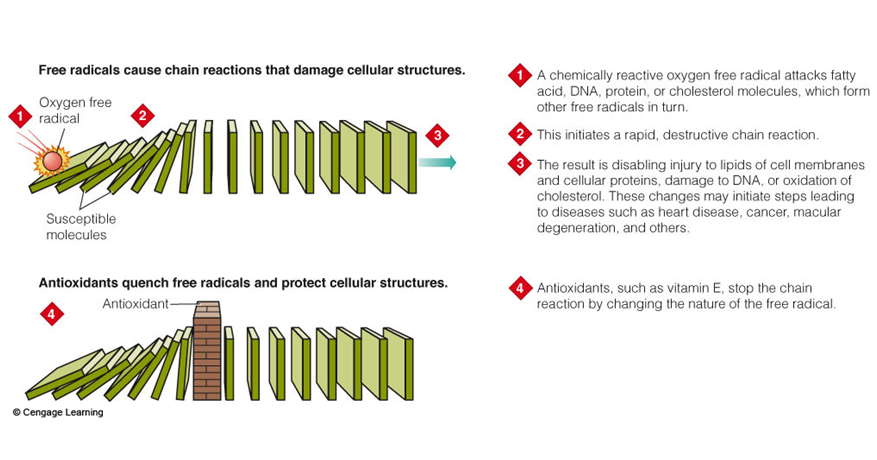
Next we will discuss which nutrients act as antioxidants. Take a look at how these charts are organized. The column on the left shows the nutrient.
Then the next column describes a little of what happens in the body when there's TOO MUCH of that nutrient in the body.
The next column describes a little of what happens in the body when there's TOO LITTLE of that nutrient in the body.
The next column describes a little of what happens in the body when there's JUST the RIGHT amount of that nutrient in the body
Beta-carotene is not an essential nutrient, but instead is
considered a phytochemical, and is a provitamin found in many
fruits and vegetables. A provitamin is an inactive form of a
vitamin that the body must convert to an active form. Our body converts
beta carotene to the active form of Vitamin A. The body changes beta
carotene slowly to retinol, so TOO MUCH beta-carotene
is not toxic. Sometimes people get very enthusiastic about beta
carotene rich foods (pumpkin, sweet potatoes, spinach, kale, and
carrots) and they may get excess carotene, but it doesn't
have toxic effects. Their skin may turn slightly orange (as seen on
the right in the image below), but
it isn't dangerous.
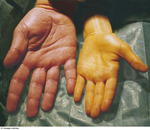 |
